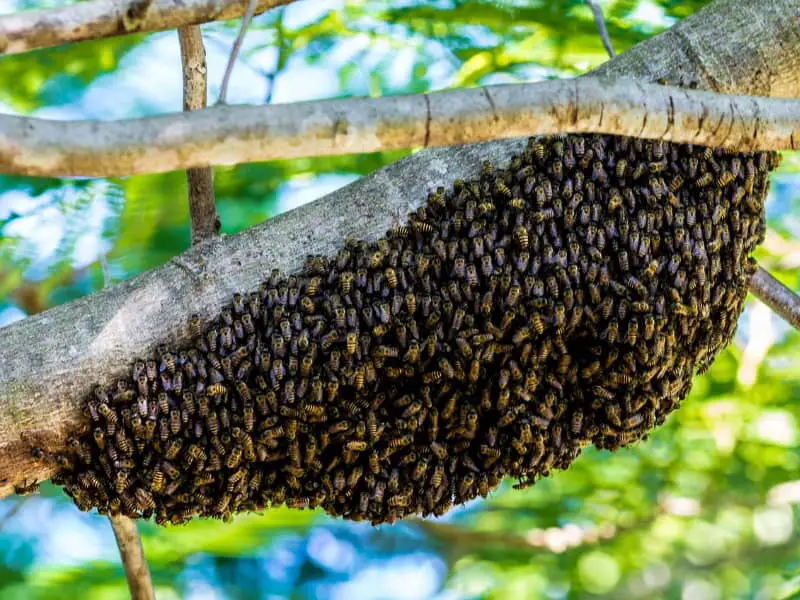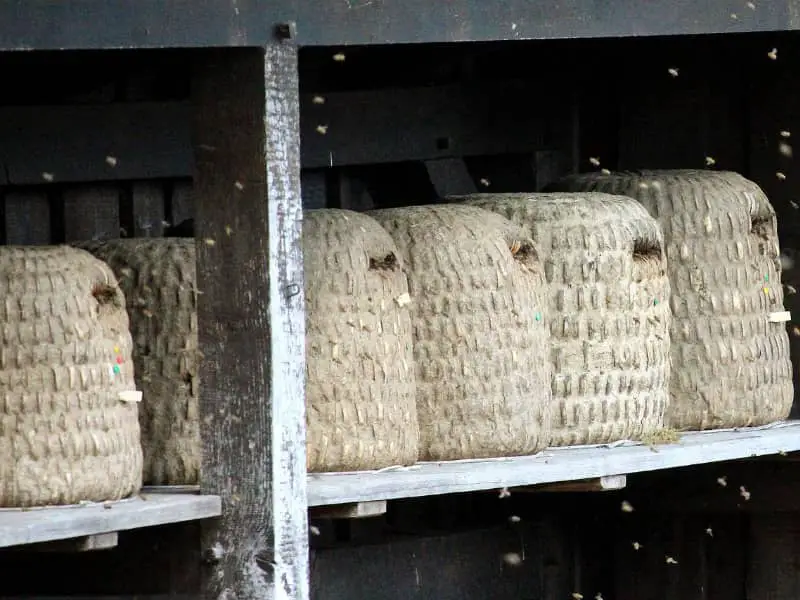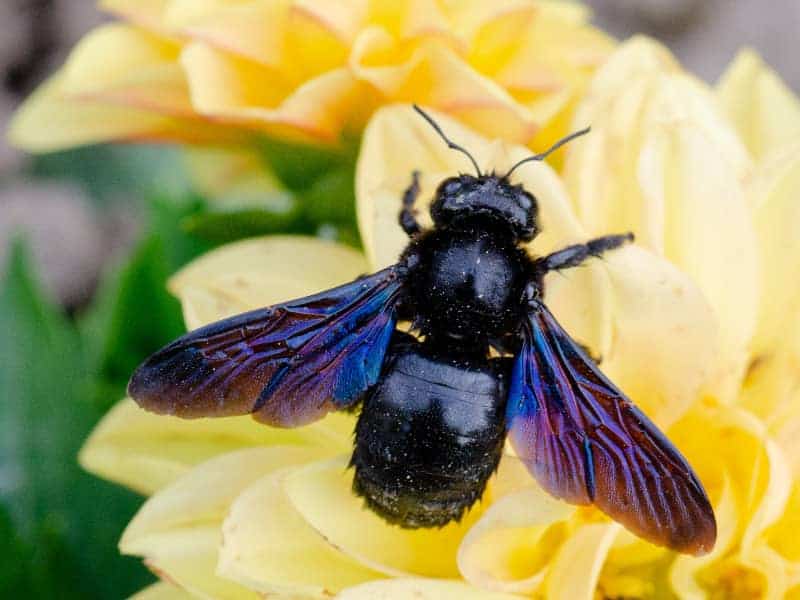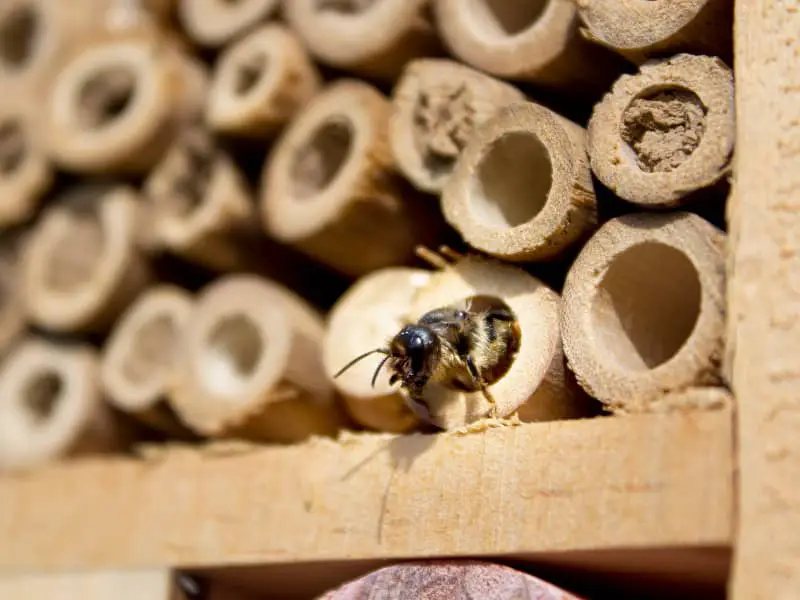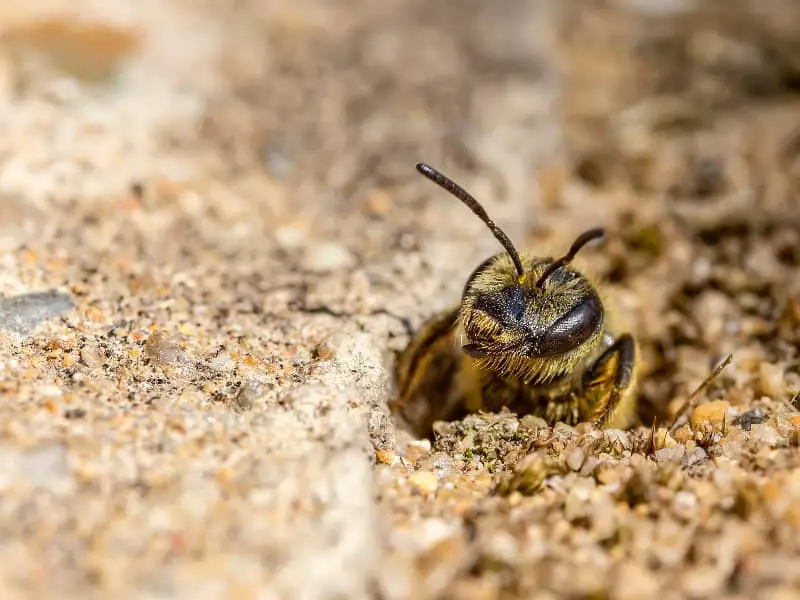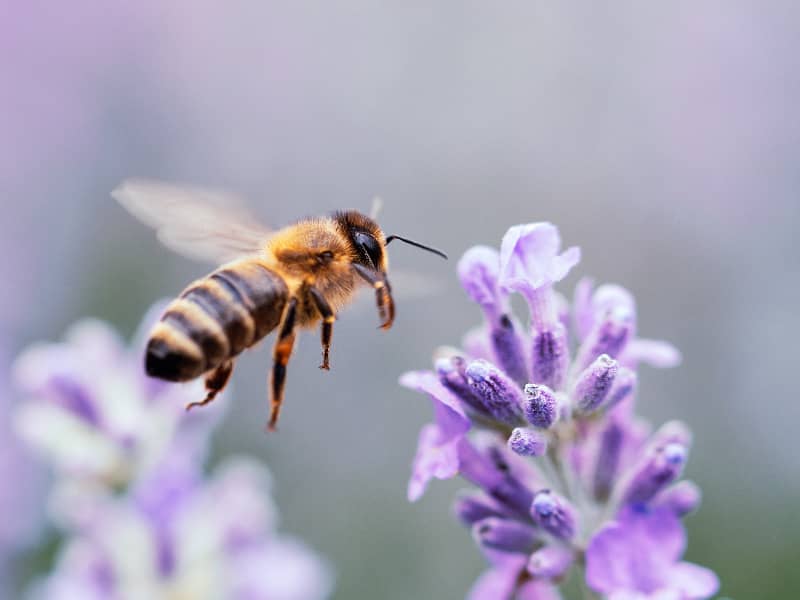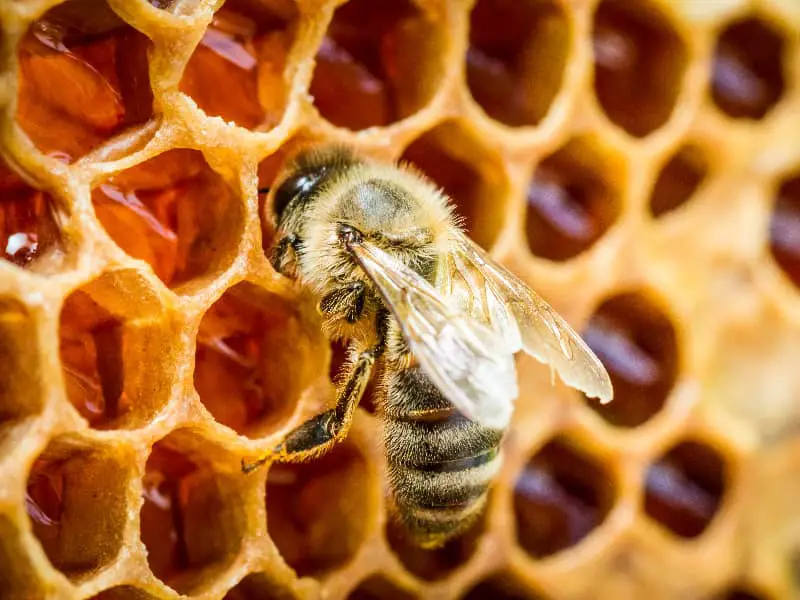
The hive
Nature is full of impressive phenomena, and the beehive is certainly one of the most fascinating. For many, it is just a collection of buzzing insects. But when you dive deeper, you discover a complexly organized community in which each bee plays a special role.
The architecture of a beehive
Before we turn to the interior, let's take a look at the structure of the hive. On the outside it may seem unspectacular, but inside it hides true art. The bees use wax to create the perfectly shaped hexagonal cells. Why hexagonal? This shape offers the best compromise between material consumption and stability.
Bees have an amazing sense of precision. They ensure that the walls of the wax cells have exactly the right thickness. This enables optimal insulation against external temperature fluctuations. The arrangement of the cells also follows clear principles. Brood and storage cells are often found in different areas of the hive.
The social fabric in the hive
A hive is not just a bunch of bees. It is a living, breathing community. One of the best-known inhabitants is the queen. She is the mother of all bees in the hive and has the responsible task of taking care of the offspring.
Besides the queen, there are workers and drones. Workers are the backbone of the hive. They take care of a variety of tasks such as collecting nectar, defending the hive or caring for the brood. Drones, on the other hand, have only one task: to mate with the queen. After they have completed this task, their short life ends.
The communication of bees
How do all these bees manage to work together so harmoniously? The answer lies in their fascinating way of communicating. One of the best-known examples is the bee dance. With it, foragers tell their sisters where they have found food sources.
This dance is more than just a nice ritual. It transmits exact information about direction and distance to flower fields. This is particularly impressive when you consider how small a bee's brain is. Nevertheless, it manages to convey and interpret complex messages.
The role of bees in our ecosystem
Beehives play a central role in nature. Without bees, many of the fruits and plants we love would not exist. By pollinating flowers, they make a crucial contribution to biodiversity. They not only ensure the beauty of our landscapes, but also our food.
It's easy to overlook the importance of bees. But the next time you eat an apple, remember: without a hive nearby, it might never have grown.
Beehives and man
Humans recognized early on the treasure that beehives hold. Honey, the sweet gold, has been coveted for thousands of years. It serves as food, as medicine and even in cosmetics. But not only honey is valuable. Beeswax, propolis and royal jelly are also sought-after products.
However, our relationship with bees is ambivalent. While we love their products, we often have little understanding of their needs. Habitat loss, pesticides or diseases are affecting them. It is our responsibility to ensure their preservation.
In recent years, awareness of the need to protect bees has increased. Beekeepers and conservationists work hand in hand to help the little helpers. Even in cities, beehives are now finding their place. They are a sign that man and nature can live in harmony.
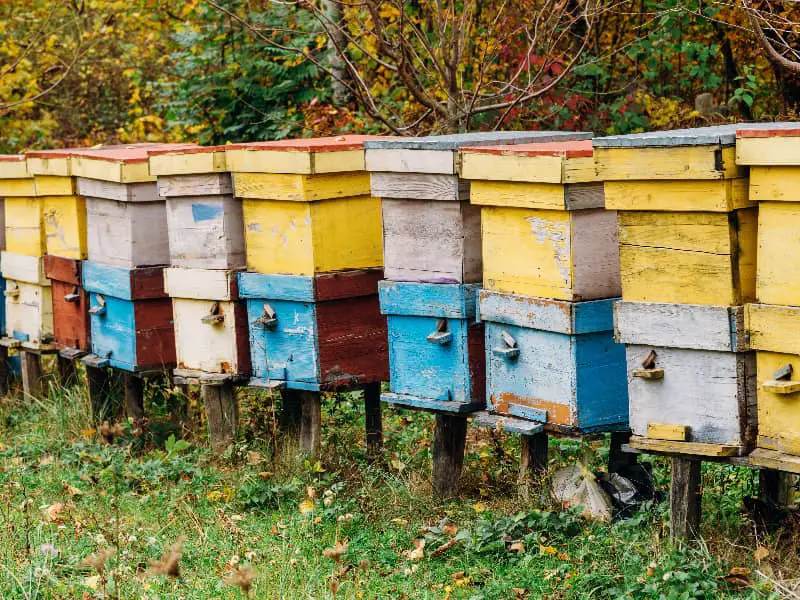
Living together in a beehive: a lesson for us?
Life in the hive can teach us a lot. About teamwork, communication and striving for a common goal. Each bee has its task and contributes to the well-being of the community. They work together, share resources and help each other.
In a time when individualism is often celebrated, the Beehive can be an inspiration. It shows that collaboration can lead to impressive results. When every bee, no matter how small, makes its contribution, great things can happen.
Defense mechanisms of a beehive
When it comes to protecting their home, bees are amazingly equipped. The hive is not only their home, but also the storehouse of their food supplies. An attack on the hive could have devastating consequences for the colony. Therefore, bees have developed various defense mechanisms.
Some bees are specialized guards that patrol the entrance of the hive. In case of danger, they emit alarm pheromones that mobilize other bees. An intruder, be it a bear or a human, is quickly surrounded by a swarm of angry bees. And although their sting is fatal to the bee itself, they do not hesitate to sacrifice their lives for the colony.
The temperature regulation in the hive
Another fascinating topic is temperature regulation in the hive. Despite changing outside temperatures, it remains constantly warm inside the hive. This is particularly important for the brood, which needs a stable temperature to develop.
The bees achieve this through collective "shivering". By activating their flight muscles without moving their wings, they generate heat. This is comparable to the shivering of a person who is cold. On particularly hot days, bees also provide ventilation by fanning with their wings to bring cool air into the hive.
Migration and swarming behavior
Another captivating aspect of bee life is their ability to migrate. When resources become scarce or the hive is overcrowded, the colony decides to find a new place. This phenomenon is called swarming.
The old hive divides, and a majority of the workers follow the old queen to establish a new hive. During this time, they often form swarms on trees or buildings as they search for a suitable location for their new home. Back in the old hive, a new queen is born to take over the remaining colony.
The hive place full of secrets
Even after all these years of research, the hive still holds secrets. Scientists continue to discover new things about the behavior, communication and biology of bees. It is a living book of nature that keeps revealing new chapters.
For us, the beehive remains a place full of wonder. A microcosm in which thousands of individuals merge into an impressive whole. This shows us what is possible when everyone pulls together. A place that teaches us that nature is full of surprises.
Bee mortality: a global problem
Bee mortality is a phenomenon that has caused worldwide concern in recent decades. Bees play a crucial role in pollination, a process responsible for the reproduction of around 70% of the world's major crops. Without these industrious pollinators, global food production could be significantly impacted.
The reasons for bee mortality are many and often interrelated. Pesticides, particularly neonicotinoids, have been shown in numerous studies to have negative effects on bees. These chemicals can affect the bees' nervous system and impair their ability to navigate, communicate and reproduce.
In addition, there are challenges such as habitat loss due to intensive agriculture and urbanization, diseases and parasites such as the varroa mite, and climatic changes that affect available food sources and habitats.
Bee mortality is a complex problem that requires an interdisciplinary approach to find solutions and ensure that these important pollinators continue to support our ecosystems and food supply.
Conclusion the hive and its importance
The hive, a fascinating construct of nature, reflects the amazing organization, versatility and adaptability of bees. Its complex structure and the coordinated functions of its inhabitants make it a perfect example of the wonders of nature and the brilliance of evolution.
Bees not only play a critical role in the environment through pollination, but also have a profound impact on human culture, economy and health. The global problem of bee mortality underscores the need to better protect bees and their habitats.
It is clear that bees are invaluable not only to the planet, but also to our daily lives. It is our responsibility to be aware of this fact and take action to ensure the health and survival of these remarkable insects.
Author

-
Garden animal - A life with nature
Welcome to my animal blog! My name is Dirk and I am happy to take you on my journey through the fascinating world of animals and gardening.
Born 54 years ago, I have had an insatiable curiosity for the animal world around me since childhood. Although I have moved professionally in other industries, my true passion has always been animals and nature. It is remarkable how a small garden has become such an important part of my life.
Many of my fondest memories are associated with the animals that share our home. Whether it's the curious squirrels that scurry across the trees in the morning, the colorful variety of birds that visit our feeders, or the busy bees and butterflies that pollinate our flowers, every moment with them is invaluable to me.
This blog is my contribution to share my experiences, discoveries and insights with like-minded people. Here I will share stories of unforgettable encounters with animals, give tips on gardening and creating wildlife-friendly habitats, and take you on my journeys through nature.
Thank you so much for being here!
Cordial,
Dirk aka garden animal
Last posts
- 27. February 2024PetsVeganes Hundefutter – Grün und Gesund?
- 18. January 2024ChickensOregano für Hühner
- November 27, 2023HamsterDiurnal hamsters
- November 24, 2023HamsterHamster hammock

